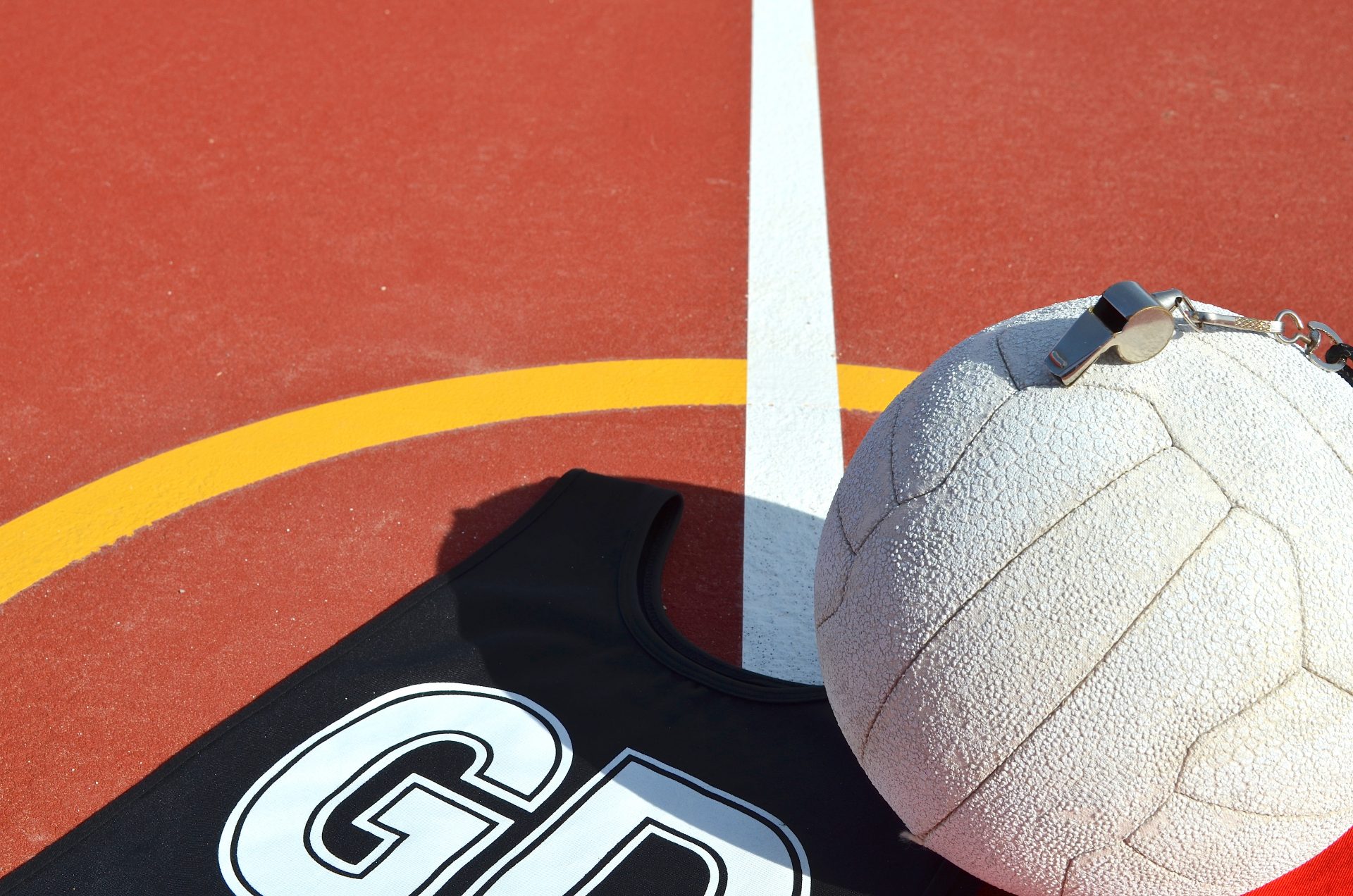How familiar is this story? Your junior sporting team starts the season with promise and ambition, winning matches for fun… By mid-season though, a few key injuries have weakened the team and caused that humiliating slide down the ladder.
At least when it comes to knee injuries, the answer may well be here.
This newsletter summarises five key ways to prevent knee injuries. Before putting them into practice, we’d recommend visiting knee.netball.com.au for excellent pictures, videos and guidelines related to the exercises we’ll discuss. This site is a great resource not only for netballers but for all budding sports stars looking to prevent knee injuries.
Warm up
Purpose: To prepare the body – legs, arms, heart and mind – for activity by raising the heart rate and increasing blood flow. Practicing footwork in controlled exercises paves the way for more unpredictable training and match scenarios.
Examples: Jog forwards and backwards, bottom flicks forward and backwards, high knee march, side skipping.
Strength
Purpose: Strength training around the knee, ankle, hip and trunk develops a stable base for movement. The better the muscular system is equipped to control movement, the less stress the ligaments are placed under which prevents strains and ruptures.
Examples: Squats, bridges, planking, side-planking.
Balance/landing
Purpose: In order to get the best performance out of strong muscles, specific balance and landing training is essential. Absorbing the force of landing evenly throughout all the joints of the leg ensures no single joint is overloaded. A good landing technique is soft and involves: hips bent, knees bent, feet straight ahead, knees in line with feet and trunk stable.
Examples: balancing on one leg and throwing the netball between partners/ handballing the footy, jumping and landing with good technique on both legs and then one leg, jumping forward/backwards/L/R and catching ball.
Agility
Purpose: Agility exercises practice dynamic movements which help to build a sense of control and power in match-like tasks. Building these exercises into training sessions helps to improve performance and prevent injuries.
Examples: Decelerating shuffle, zig-zag running, side-to-side shuffling while passing/ handballing.
Physio
Did you know that physio can help with up to 80% of anterior knee pain? If you have any concerns about injury or vulnerability, an appointment with a physio will either put your mind at ease or give the player specific strategies which can help them to return to full training and match-play as quickly as possible.
Our friendly physio’s love working with local sporting clubs so if there’s anything you think we can help you with, call us on (08) 9364 4073, and we’d be happy to chat.

